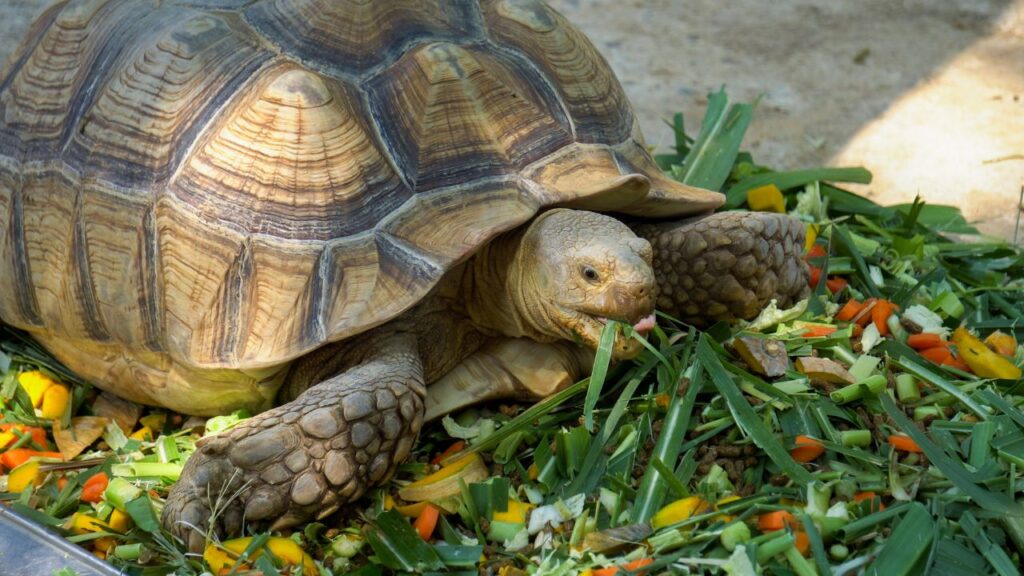Imagine creatures so ancient, they watched dinosaurs come and go. These living fossils have survived mass extinctions and remained largely unchanged for millions of years. They’re like time travelers, giving us a glimpse into Earth’s distant past. From deep-sea dwellers to hardy plants, these organisms have stood the test of time. It’s fascinating to think that these organisms are mostly unchanged and have survived in their current form for millions of years, outliving even the largest, toughest dinosaurs.
Coelacanth
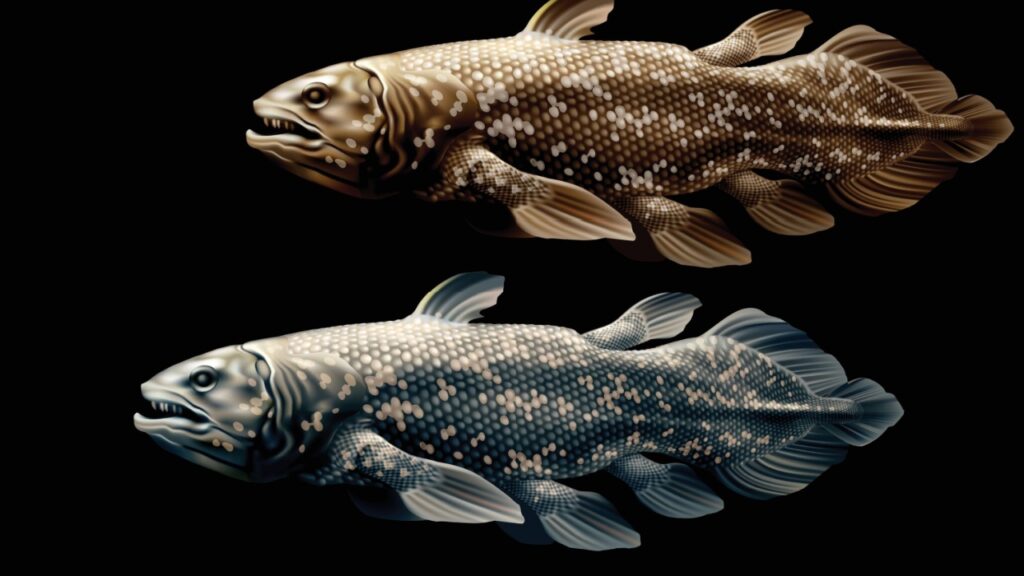
Once thought extinct, the coelacanth shocked scientists when it was rediscovered in 1938. This ancient fish has existed for over 400 million years and was around long before dinosaurs. Coelacanths can grow up to 6.5 feet long and are often called “living fossils” due to their prehistoric appearance.
Horseshoe Crab

These armored sea creatures have been crawling along ocean floors for 450 million years. Horseshoe crabs aren’t actually crabs, but are more closely related to spiders and scorpions. Their blue blood is used in medical research and testing, making them valuable to both science and ecosystems.
Ginkgo Biloba

The ginkgo tree is a true survivor, with fossils dating back 270 million years. It’s the only living species in its family and has remained largely unchanged. Ginkgo trees are incredibly resilient, with some even surviving the atomic bomb in Hiroshima.
Tadpole Shrimp

These tiny crustaceans have been around for 220 million years, earning them the title of oldest living animal species. Tadpole shrimp can survive in temporary pools and their eggs can lie dormant for years. Their ability to adapt to harsh conditions has helped them outlast many other species.
Tuatara

The tuatara looks like a lizard but is actually the last surviving member of an ancient order of reptiles. These New Zealand natives have been around for 200 million years. Tuataras have a unique “third eye” on top of their heads, which may help them absorb UV light.
Nautilus
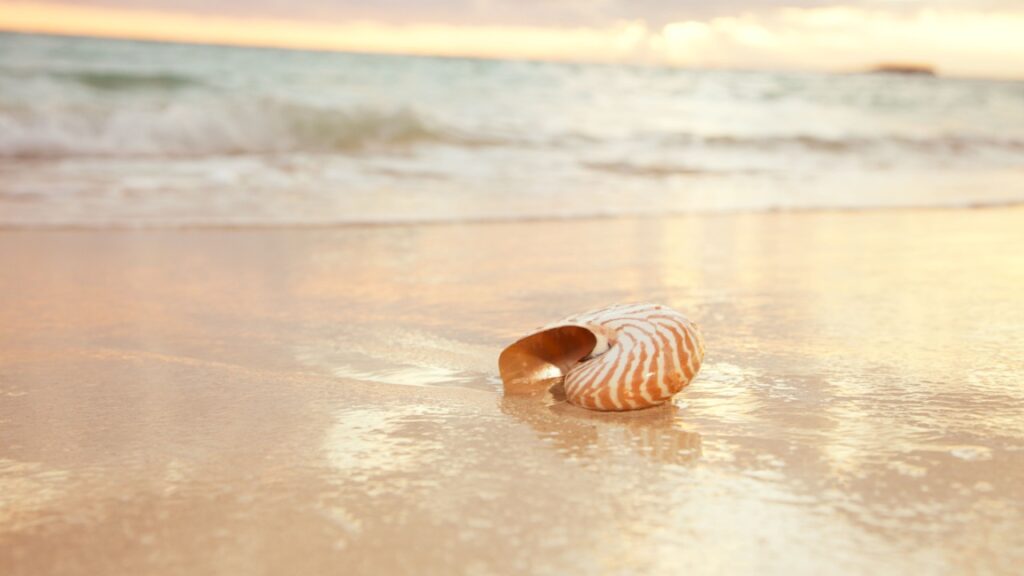
With its beautiful spiral shell, the nautilus has been drifting through oceans for 500 million years. These cephalopods are related to squid and octopuses but have changed little over time. Nautiluses can dive to depths of 2,000 feet and use jet propulsion to swim.
Sturgeon
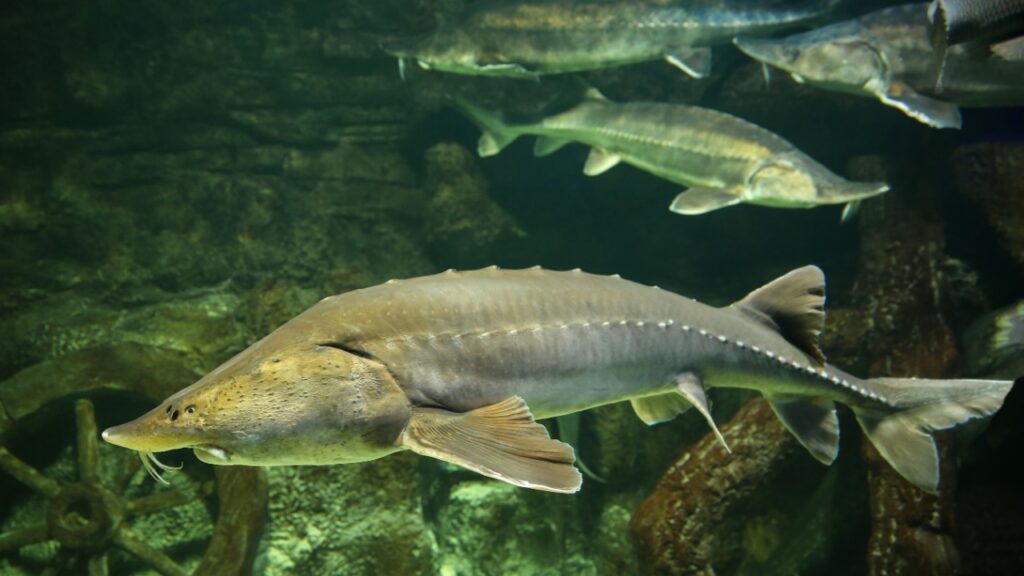
Sturgeons have been swimming in rivers and seas for over 200 million years. These ancient fish can grow up to 20 feet long and are known for their caviar. Some sturgeon species can live for over 100 years, making them one of the longest-lived vertebrates.
Platypus
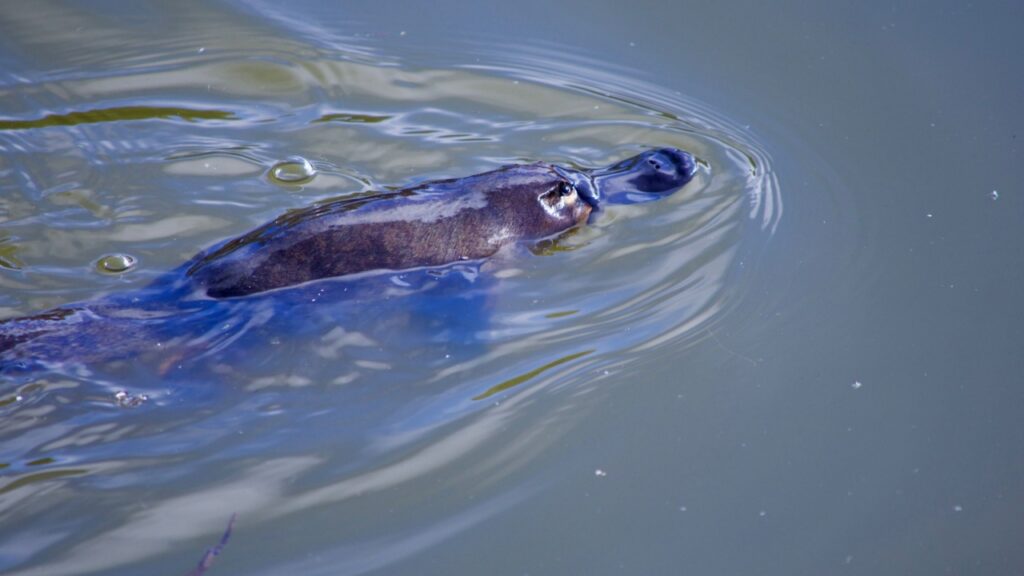
The platypus might look like a mix of different animals, but it’s actually a living fossil. These egg-laying mammals have been around for about 120 million years. Platypuses are one of the few venomous mammals, with males having a spur on their hind feet that can deliver a painful sting.
Cycad
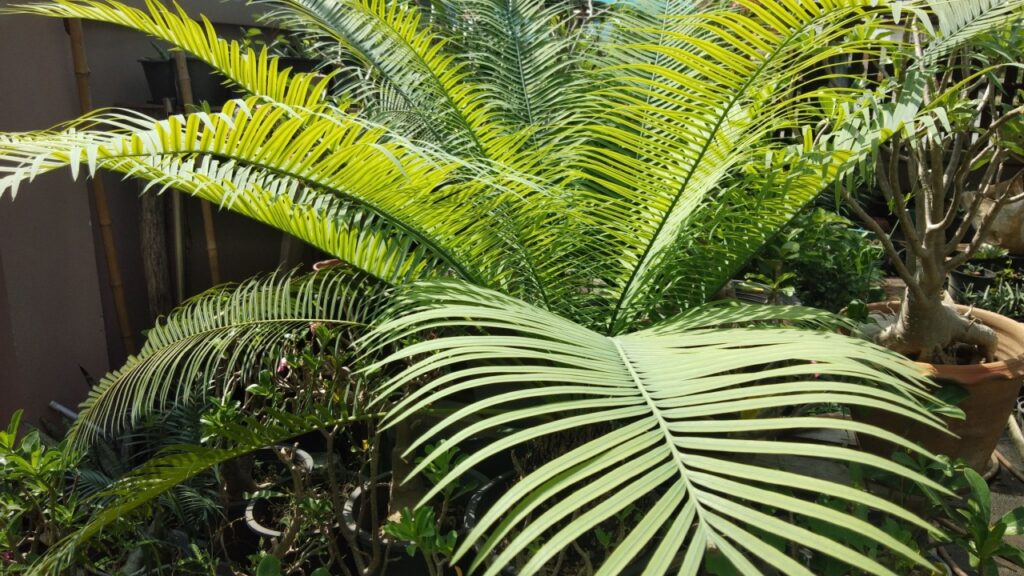
Cycads are palm-like plants that have existed for 280 million years. They were once so common that the Mesozoic era is sometimes called the “Age of Cycads and Dinosaurs”. Today, cycads are found in tropical and subtropical regions and are popular ornamental plants.
Lungfish
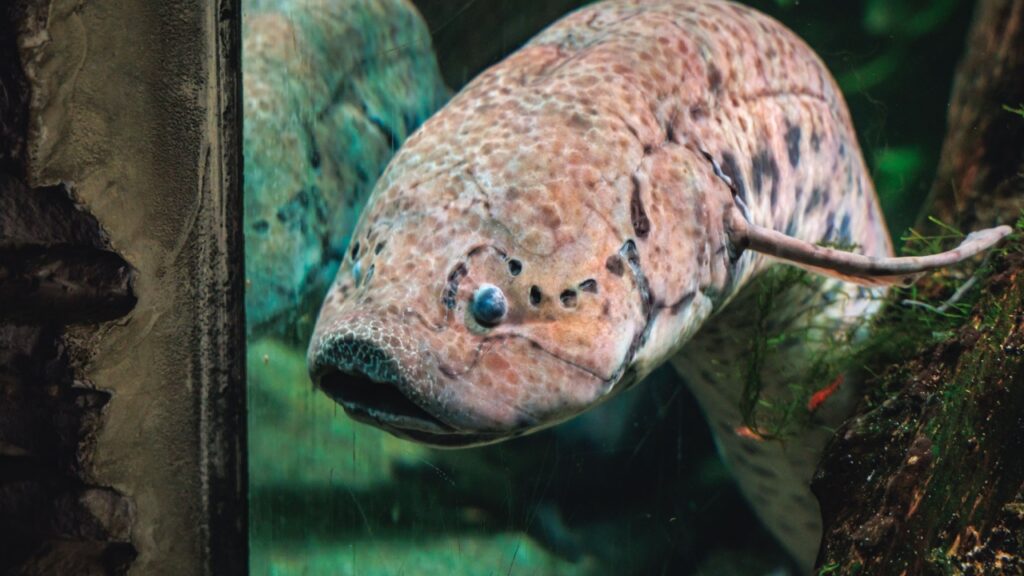
Lungfish have been breathing both air and water for 400 million years. These unique fish can survive out of water for long periods by burrowing into mud and estivating. Some species of lungfish can grow up to 6 feet long and live for decades.
Crocodile
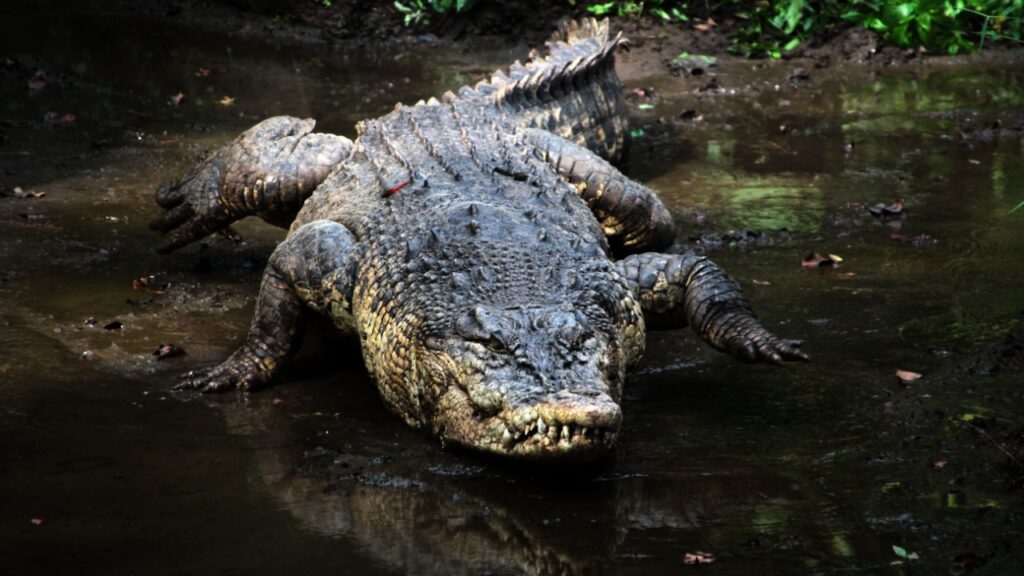
Crocodiles have remained largely unchanged for about 200 million years. These powerful reptiles outlived the dinosaurs and have adapted to various environments worldwide. Crocodiles are excellent swimmers and can go for months without food.
Velvet Worm
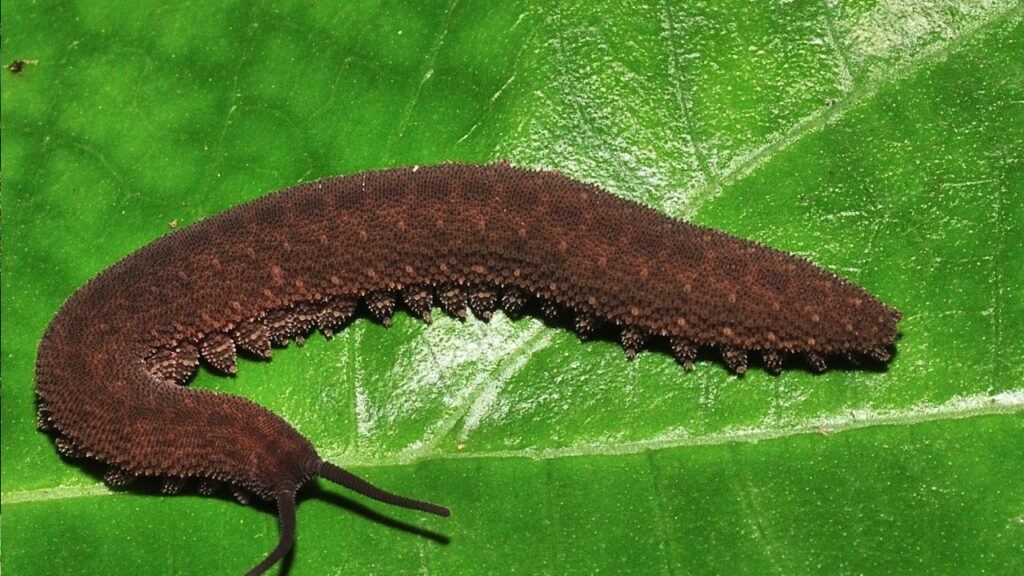
Velvet worms have crawled the Earth for over 500 million years. These strange creatures look like a cross between worms and caterpillars. Velvet worms hunt by spraying a sticky slime from glands on their head, immobilizing their prey.
Lamprey
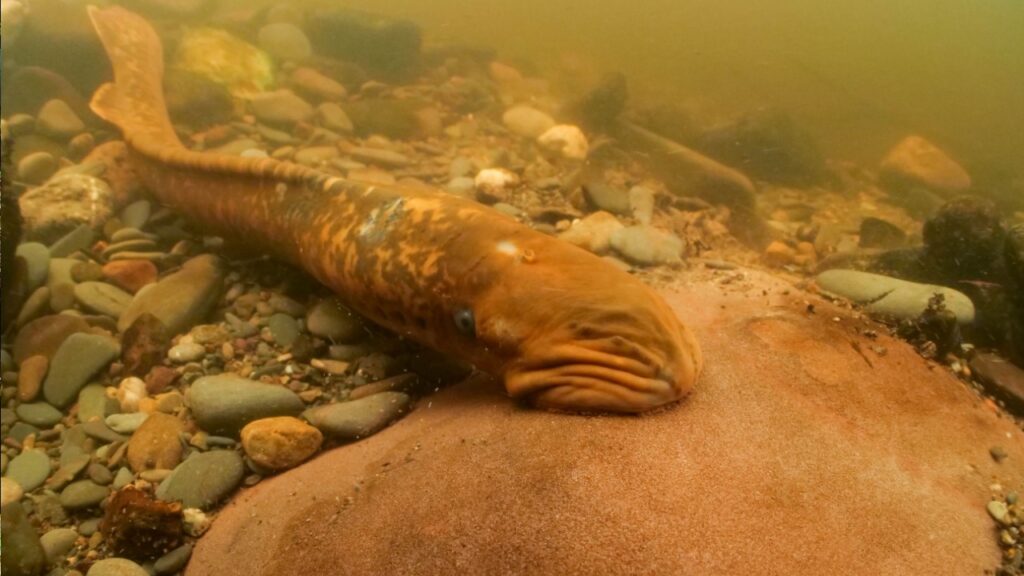
Lampreys are jawless fish that have existed for 360 million years. These eel-like creatures have a circular mouth filled with sharp teeth, which they use to attach to other fish. Some lamprey species are parasitic, while others are filter feeders.
Goblin Shark
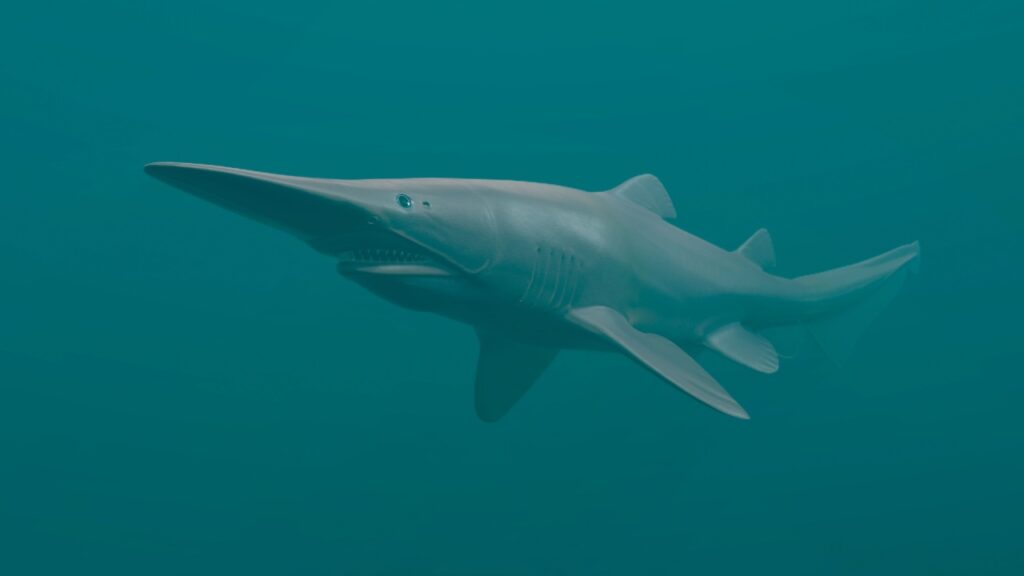
The goblin shark is often called a “living fossil” due to its prehistoric appearance. These deep-sea dwellers have been around for 125 million years. Goblin sharks have a unique protruding jaw that can extend to catch prey, giving them an alien-like appearance.
Becky is a fervent wildlife enthusiast and pet care expert with a diploma in canine nutrition. Her love for animals stretches beyond the domestic, embracing the wild tapestry of global fauna. With over a decade of experience in animal welfare, Becky lends her expertise to OutlandishOwl through insightful articles, captivating wildlife information, and invaluable guidance on pet nutrition. Her work embodies a deep commitment to understanding the intricate lives of animals and a passion for educating others on sustaining natural habitats. Becky's hands-on conservation efforts and her knack for translating complex dietary science into practical pet feeding tips make her an indispensable voice for creatures great and small.




